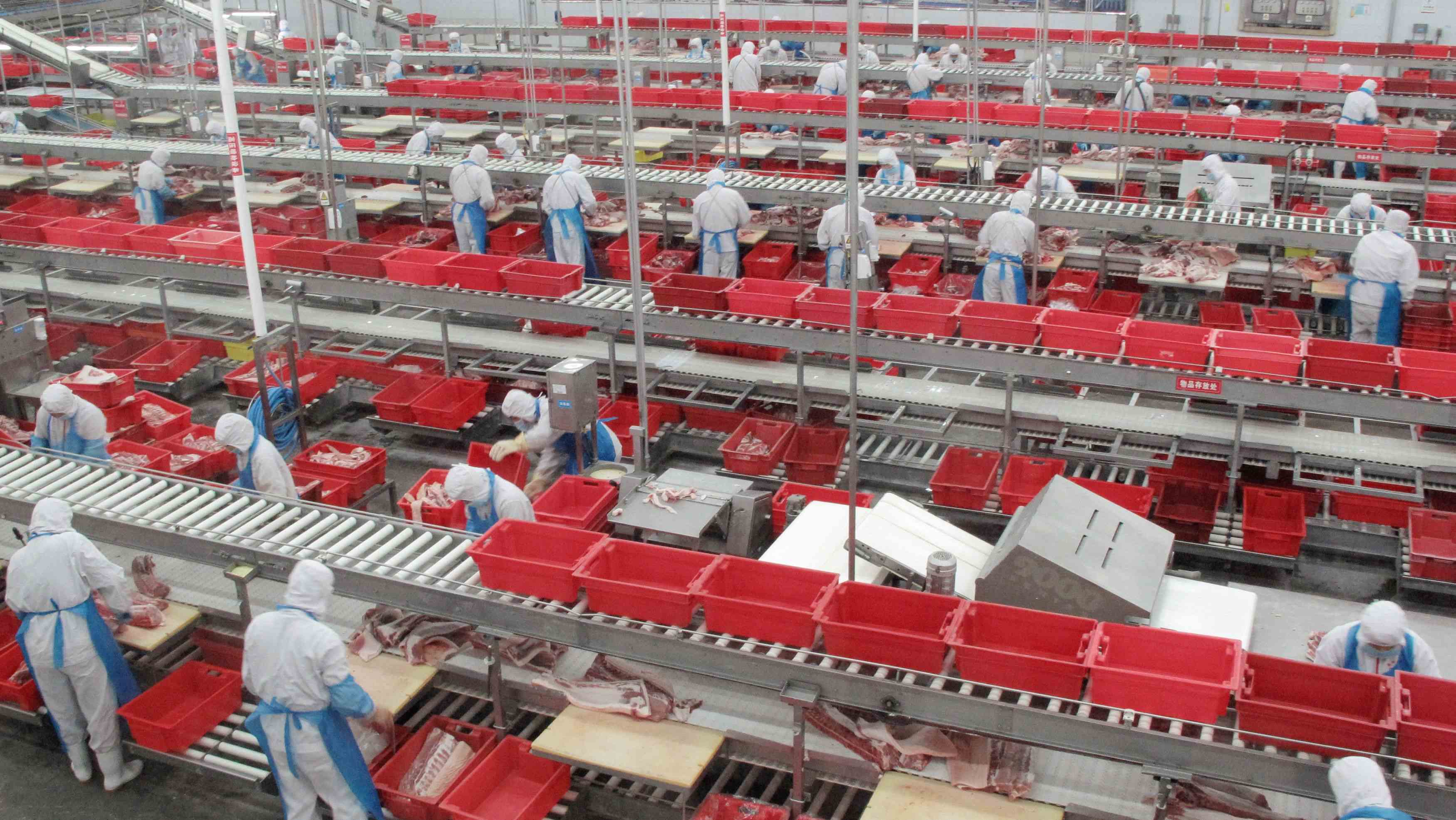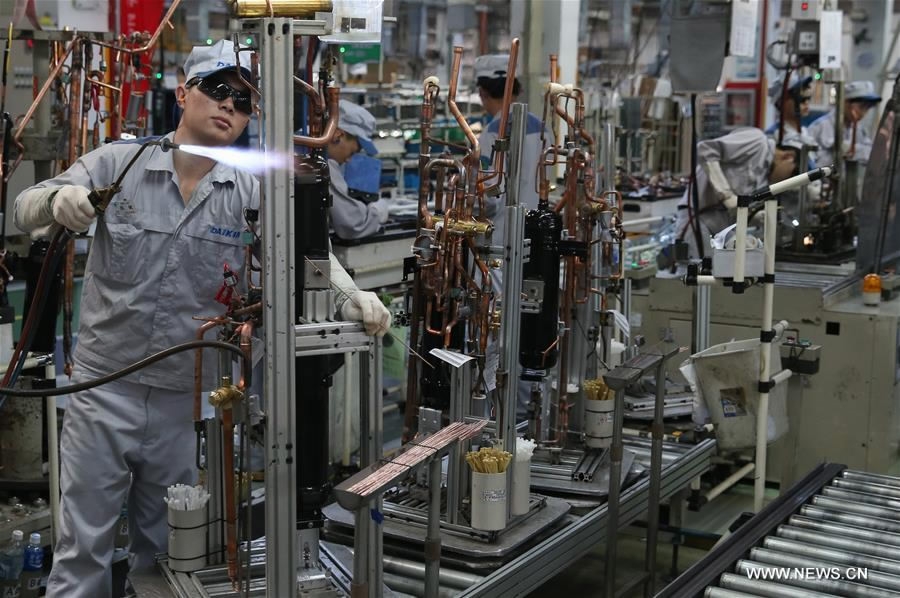
Tech & Sci
17:19, 28-Nov-2017
Air pollution may be reducing workers' productivity
Alok Gupta

Businesses worried about the low productivity of their employees despite the best training and incentives; there may be an external factor at play: air pollution.
A new wave of studies is focusing on the impact of air pollution on the productivity of workers, a shift from earlier research centering around pollutants' adverse effect on health.
A team of researchers released a study today in Beijing explaining how air pollution affects productivity in the manufacturing sector. “We have tried to fill the research gap on how bad air quality leads to a significant economic loss in labor productivity,” Brian Viard, lead author of the research paper told CGTN.
Previously, few researchers focused on the impact of air pollution on the productivity of workers employed in specific sectors, including fruit pickers and pear packers of California, garment assembly workers in India and call centers employees of China.
The study, Air Pollution and Manufacturing Firm Productivity: Nationwide Estimates for China, uses data from NASA to map the effect of air pollution on the manufacturing sector in the country.
The study claims that in a scenario when the pollution is lowered by one percent, or particulate matter (PM) 2.5 reduces by .53 micrograms, then the average manufacturing annual output of a company increases by around 11,210 US dollars (74 thousand yuan). On a national level, it will add 1.78 billion US dollars or .079 percent of GDP.
A similar decrease in sulfur dioxide, a major air pollutant, leads to manufacturing output increase in a firm by nearly 10,604 US dollars and increases the country’s GDP by .075 percent.

Workers are occupied on a production line at a factory in Xinzhuang industry zone in Shanghai, east China, July 30, 2015. China's economy grew by 6.9 percent in 2015. /Xinhua file photo/Pei Xin
Workers are occupied on a production line at a factory in Xinzhuang industry zone in Shanghai, east China, July 30, 2015. China's economy grew by 6.9 percent in 2015. /Xinhua file photo/Pei Xin
Researchers pointed out that an ambient air quality always has a positive impact on workers’ productivity. “But the study cannot be exactly replicated in other countries like India. The study takes into account several other factors like extent and kind of pollution impacting a region,” they explained.
Researchers compiled data from all state-owned enterprises (SOEs) and all non-SOEs with more than 5 million yuan in annual sales to capture 90 percent of China’s manufacturing output for the study.
The study predicts that policies that reduce China’s air pollution can generate substantial increases in labor productivity in addition to health benefits. “Our estimates also capture the effect on labor productivity from all channels: changes in per hour productivity, hours worked, or absences,” Viard added.
According to the Environmental Protection Agency (EPA), short-run exposure can lead to decreased lung function, irregular heartbeat, increased respiratory problems, nonfatal heart attacks, and angina. These short-run effects can result in reduced physical stamina at work and missed work days.
However, there are a few limitations to the recently released study, such as that the data for calculating the productivity of manufacturing sector workers are from 1998 to 2007. China has been able to reduce PM 2.5 by nearly 20 percent in the last five years.
China's prominent industrial centers, including Beijing-Tianjin-Hebei, the Yangtze River Delta, and the Pearl River Delta regions follow Air Pollution Prevention and Control Action Plan and are working towards reducing PM2.5 concentrations by 25 percent, 20 percent, and 15 percent respectively by the end of 2017.

SITEMAP
Copyright © 2018 CGTN. Beijing ICP prepared NO.16065310-3
Copyright © 2018 CGTN. Beijing ICP prepared NO.16065310-3